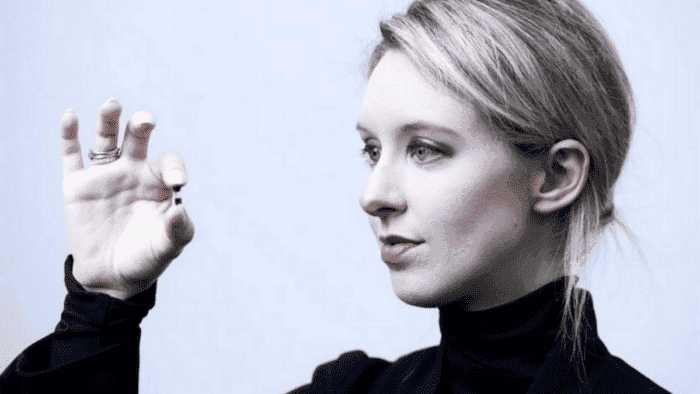Elizabeth Holmes, the former star of the Silicon Valley tech segment, who was convicted of fraud, is now facing a deadline to pay restitution. On May 30, the former Theranos head will need to compensate all the victims of the company’s scam. The debt amounts to around $452 million. Last Tuesday, the court denied the last appeal from Holmes of waiting for the judgment to start the sentence.
To those unaware, Holmes has been sentenced to 11 years in prison for fraud against the investor of its Biotechnology firm – Theranos. The company was located in Silicon Valley and promised a revolution in health diagnosis.
She should have started to fulfill her sentence on April 27, but her lawyers entered a last-minute appeal. Regarding the amount Holmes will have to pay the victims, it will not only come from her pockets. Theranos’ second henchman, Ramesh “Sunny” Balwani is also guilty and will have to take part in the sentence. Together, the two will need to pay the $452 million to those who suffered from the fraud.
The Rise of Elizabeth Holmes and Theranos
Theranos was founded in 2003 with the promise of “revolutionizing the diagnostic lab testing market.” With just a few drops of blood, the firm claimed to be able to perform dozens of tests (officially 120, but unofficially the number could be as high as 250), from diabetes and cholesterol to cancer.
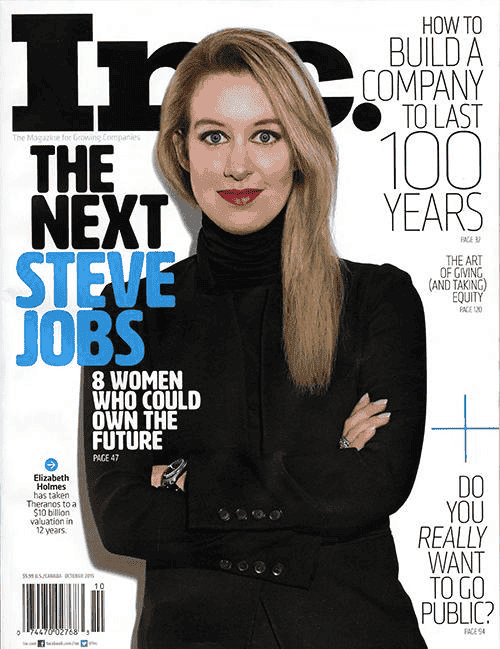
If one thing looks too good to be true, it is usually because it is. Still, everyone bought into the idea. Elizabeth Holmes, the founder, and CEO of Theranos, became a star in Silicon Valley. She was even called ” the next Steve Jobs” and all that. But over time, the results never materialized and the questions piled up.
Today, besides being bankrupt, Holmes is banned from the healthcare industry. What the hell happened?
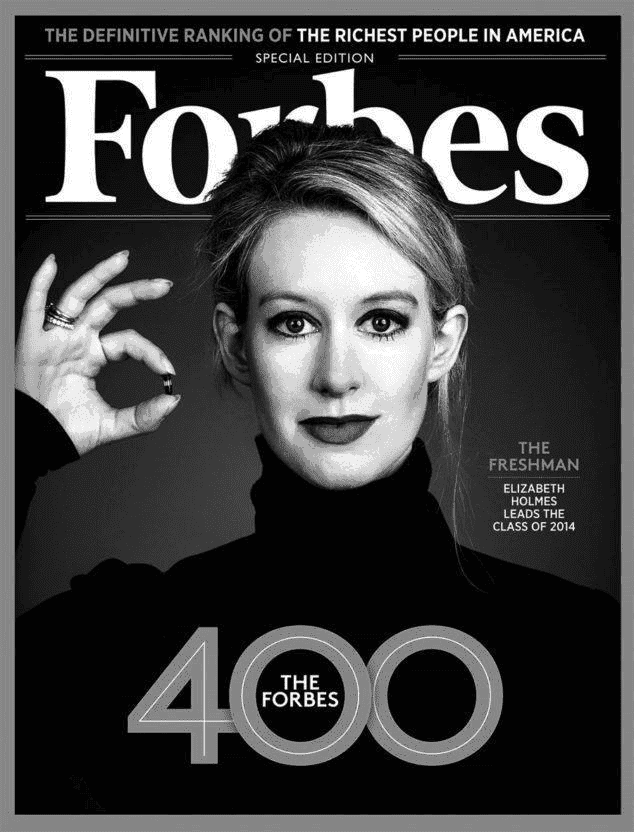
Theranos Tech Was Too Good to Be True
To get into the story, we have to go back to 2003. A young Elizabeth Holmes, 19 at the time, founded Real-Time Cures, later renamed Theranos, after dropping out of Stanford University (wrong decision) to pursue a degree in chemical engineering.
The startup’s proposal was to simplify the process of collecting and performing tests, with just a few drops from the patient instead of the six traditional vials. It would have developed its own diagnostic machine, called Edison. That hardware, in theory, was far ahead of competitors then (and now) on the market. The firm represented the end of needles, after all, it would use just a small prick like the ones we see in cholesterol/glucose testing machines.
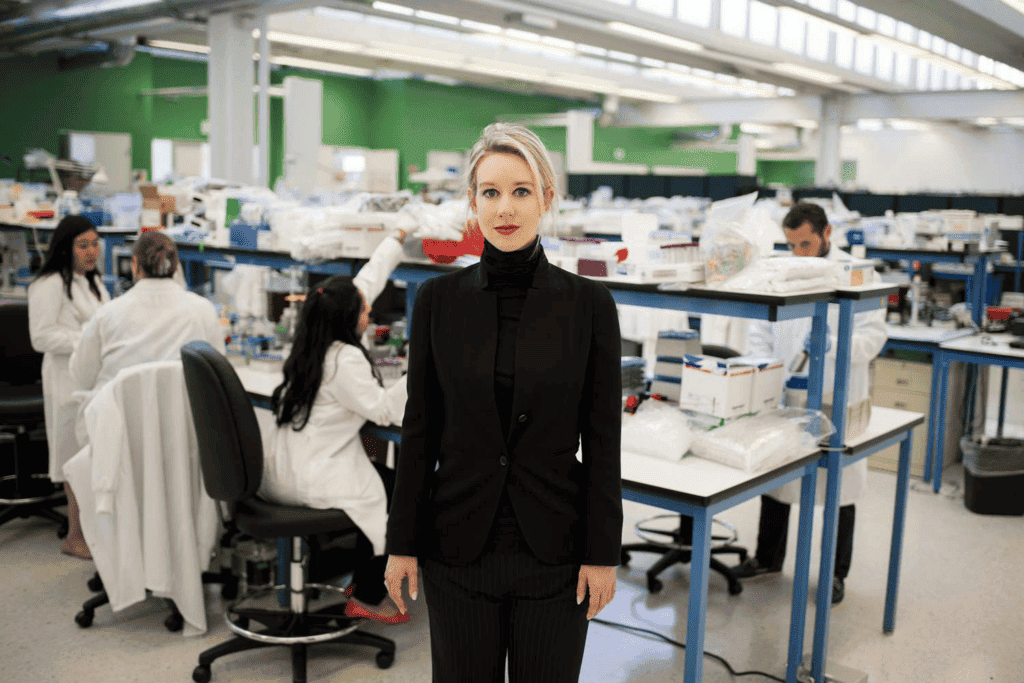
The Silicon Valley Star That Never Was
What’s curious about this story is that Holmes was quickly elevated to the status of a Silicon Valley pop star, even though she didn’t have much to show for it. Theranos has raised roughly $700 million in investment funds over the years to fund Edison and has been valued by analysts at a whopping $9 billion. And by owning 50 percent of the company, Elizabeth Holmes became the world’s youngest billionaire, with a fortune of $4.5 billion.
But the gravy train began to derail over time. As regulators demanded more data on Edison’s performance and test quality, Theranos became increasingly mired in controversy. In fact, no one has ever seen such a machine; a Google image search for “Edison Theranos” returns nothing. In fact, despite the claims of Holmes and his team of experts at the time, such a device would have barely left the drawing board, unable to live up to expectations.
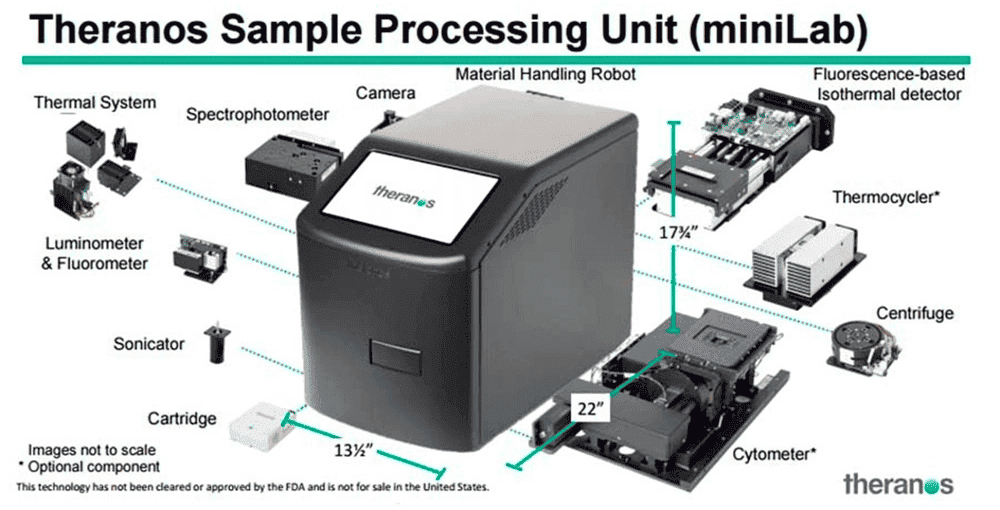
The startup’s first test lab opened in 2013, and doubts began to mount. Since then, CMS (“Centers for Medicare & Medicaid Services”) has not even been able to inspect such a machine, which raised serious suspicions that Holmes’ company was not only offering tests performed by non-homologated equipment but also using competitors’ technology rather than its own. But the worst (for the executive) was yet to come.
The Fall of Theranos and Holmes
The bombshell exploded when a former Theranos worker decided to blow the whistle. He revealed that the startup was unable to perform accurate tests with its own equipment. Thus, violating federal lab regulations. But there is more: Edison needs at least three vials of small blood to run its proposed tests. That’s far from the few drops it has promised. And even then, the machine could only perform about 15 exams. The rest depended on equipment from other manufacturers, such as Siemens.
The accusation landed like a meteor on the media. The startup countered the criticism by saying that Edison did perform more than 15 tests. However, it did not clarify how many. To make matters worse, in January, the Medicare agency uncovered errors in tests. Tests that were allegedly performed by Edison hardware that, again, no one has ever seen.
Holmes’ fortune went down to zero overnight
Theranos promised to correct the tests, but by then it was too late; the FDA, the U.S. Attorney’s Office, and state health agencies began intense scrutiny of the firm and its data to date, which was basically vapor.
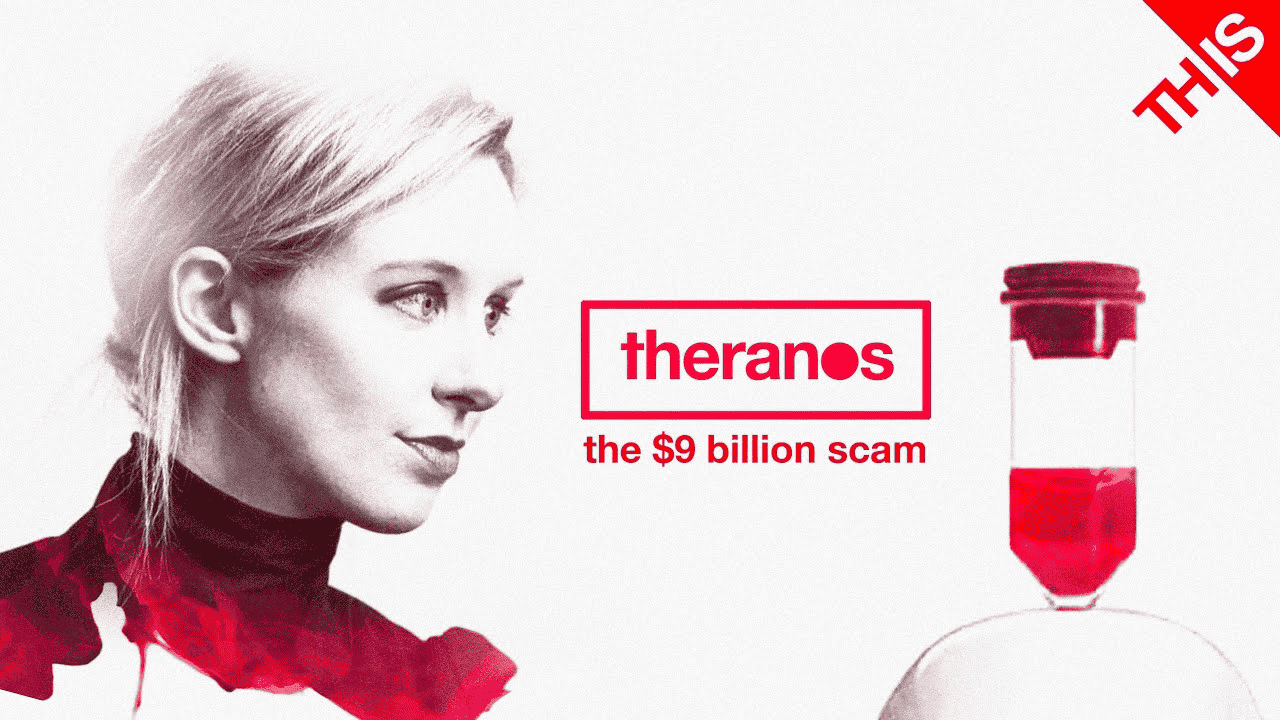
The market did not forgive. Forbes revalued Theranos, concluding that the startup would be worth no more than $800 million. Since Holmes’ stock is non-preferred (in bankruptcy, shareholders get their share before her), her fortune went from $4.5 billion to zero overnight.
The executive tried to defend herself as best she could. She was accusing the media and agencies of a witch hunt against her and her creation. The truth is that she had not presented concrete results since the company’s inception, and it was time to justify the investment he had received. Nevertheless, Elizabeth Holmes believed that she was able to rebuild the company. She promised to return and create the revolution that she preached. But CMS did not agree. The agency decided to ban Holmes from the industry. The decision also applies to the firm’s employees.
The hype culture needs to die
Unfortunately, the story of Theranos and Holmes serves as a big reminder of the danger in this “hype culture”. Without shreds of evidence, people easily jumped into the hype bandwagon promoted by Theranos. Before uncovering the truth, the media was easily “sold” by this hype. After all, it started to promote the company and raise Holmes as the next star.
How can we avoid being absorbed into the hype of promising tech? We need to take some things that “look too good to be true” without a good grain of salt.

